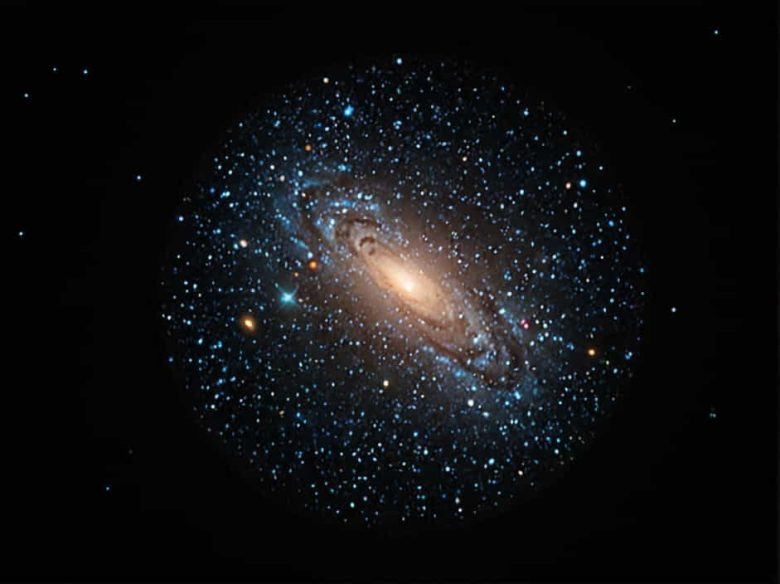Stars come in many sizes, colors, and brightness levels. From the most luminous supergiants to the faintest white dwarfs, the universe is filled with stars of varying intensities. Astronomers classify them based on luminosity, temperature, and size using systems like the Hertzsprung-Russell diagram. In this topic, we’ll explore different types of stars ranked from brightest …
Globular clusters are some of the most fascinating celestial objects in the universe. They are dense, spherical collections of hundreds of thousands to millions of stars, bound together by gravity. Many science shows and documentaries use metaphors and comparisons to help audiences understand these spectacular star clusters. But what exactly do they compare a globular …
Stars come in a wide range of sizes, brightness, and temperatures. Some stars shine brilliantly, while others are dim and cool. The dimmest stars in the universe are often the coolest, with temperatures much lower than those of larger, more luminous stars like our Sun. But how cool can a star actually be? In this …
The star Procyon is one of the brightest stars in the night sky and an essential part of the Winter Triangle asterism. Located in the constellation Canis Minor, Procyon forms this well-known seasonal asterism alongside Betelgeuse in Orion and Sirius in Canis Major. The Winter Triangle is easily visible in the northern hemisphere during the …
The Earth’s orbit around the Sun is not a perfect circle but an ellipse, meaning its distance from the Sun changes throughout the year. The point where Earth is closest to the Sun is called perihelion. But when does perihelion occur? How does it affect our planet? Let’s explore the science behind perihelion, its timing, …
The total solar eclipse of 2024 is one of the most anticipated astronomical events of the decade. On April 8, 2024, millions of people across North America will witness the Moon completely block the Sun, creating a breathtaking celestial spectacle. The path of totality refers to the narrow strip of land where the eclipse will …
Many people enjoy looking up at the night sky, observing the stars, planets, and constellations. While professional astronomers use advanced equipment and scientific methods, there is also a long tradition of nonscientific sky observation. This practice, often referred to as stargazing or amateur astronomy, has been part of human culture for thousands of years. But …
The Milky Way is home to more than 150 known globular clusters, each containing hundreds of thousands of ancient stars. These dense, spherical collections of stars are some of the oldest structures in our galaxy. But where exactly are these globular clusters located? Understanding their distribution can help us uncover the history of the Milky …
The Hertzsprung-Russell (H-R) diagram is one of the most important tools in astronomy. It helps scientists classify stars based on their properties, providing insights into stellar evolution. One key feature of the H-R diagram is its horizontal axis, which represents stellar temperature. This axis is unique because it is arranged backward compared to typical graphs—hotter …
The Hertzsprung-Russell (H-R) Diagram is one of the most important tools in astronomy. It is a plot of stellar properties, showing the relationship between a star’s luminosity (brightness) and surface temperature. This diagram helps astronomers classify stars, understand their life cycles, and study the evolution of galaxies. In this topic, we will explore what the …









